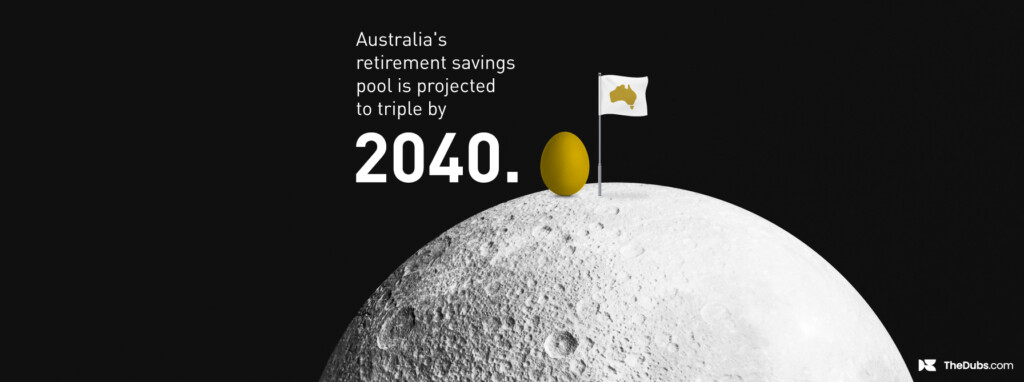When it comes to localised content marketing, the stats say it all. According to SOCi’s Q4 2018 State of the Market Report, more than 70% of brand engagement on social media happens on local pages, as does 66% of content impressions. What’s more, according to Think With Google, “88% of mobile users searching for local information take action within a day of finding results.”
And yet, the finance industry has been slow in putting such insights into play. It ranks tenth in SOCi’s list of “Top 10 Industries Leveraging Localised Social Marketing”, lagging behind real estate, medical and construction, among others.
Why? Well, for a start, going local can appear intimidating. Where can you possibly find the time, money and staff to create content for every city, town and village on the planet? Secondly, how can you guess what will appeal to someone who lives in another place, speaks another language and practises another culture?
The good news is, with the right approach, creating local content doesn’t need to be as difficult or time-intensive as it appears. We spoke with Tristan Fawley, our UK-based Executive Creative Director who oversees Thinking Aloud, Aberdeen Standard Investments’ global content program, which is active in over 20 countries and expanding across UK, Europe, the Nordics, North America, Asia Pacific and the Middle East.
Why is it important for finance brands to create localised content?
Content should have relevance to its intended audience to deliver higher levels of engagement and effectiveness. This means considering geography, local languages and cultural sensitivities.
To some finance brands, the creation of localised content might look like a big job – one beyond their scope. How can the process be made easier and quicker?
It’s crucial to balance the amount of content created as a whole with the amount needed to meet the right minimum frequency for a local market. Often, teams will create too much content for one market, but not enough for another. Strong management of what content is created, as well as how it supports key markets and how it reflects the business’ needs, is paramount.
Aberdeen Standard Investments’ global content program now reaches 20 local markets. How have you achieved this?
The program has been evolving for over five years now. From the beginning, we saw it as a global program, but one that would meet the needs of local audiences and markets. We developed the team structure, work-flow, content formats, roll-out of local websites and amplification approach accordingly.
Developing content that can be repurposed, translated and re-published to as many markets as possible has been key – and that has meant looking for common ground in subject matter, product relevance and audience. We’ve also developed a robust workflow to make sure content production and publication doesn’t stop.
We started in the UK and US, then, once sufficient work-flow was in place, expanded to new markets, eventually reaching 20. Scaling of any local content program should occur in stages – and only once the business has the capacity to maintain it.
Developing content that can be repurposed, translated and re-published to as many markets as possible has been key – and that has meant looking for common ground in subject matter, product relevance and audience.
How has localisation helped Aberdeen Standard Investments’ global content program to be successful?
By producing local content, we have implemented an ‘Always On’ paid amplification program across search and social media. Consequently, we have continually increased engagement and, at the same time, driven traffic to local websites and investment capabilities in local markets. Content has become a primary communication tool for Aberdeen Standard Investments, allowing the building of direct relationships with clients and prospects.
Interested in launching a localised content program at scale? Get in touch.









